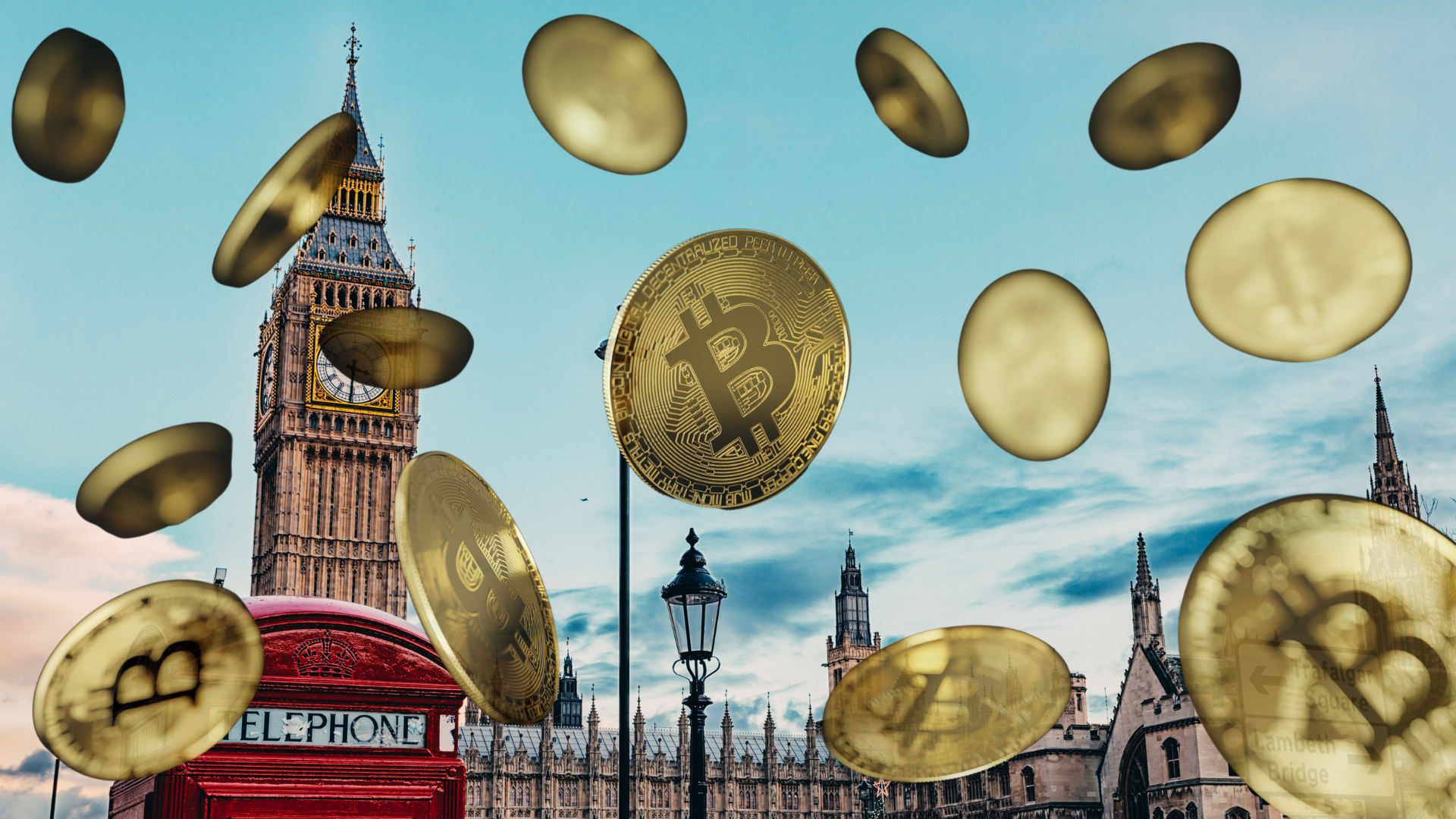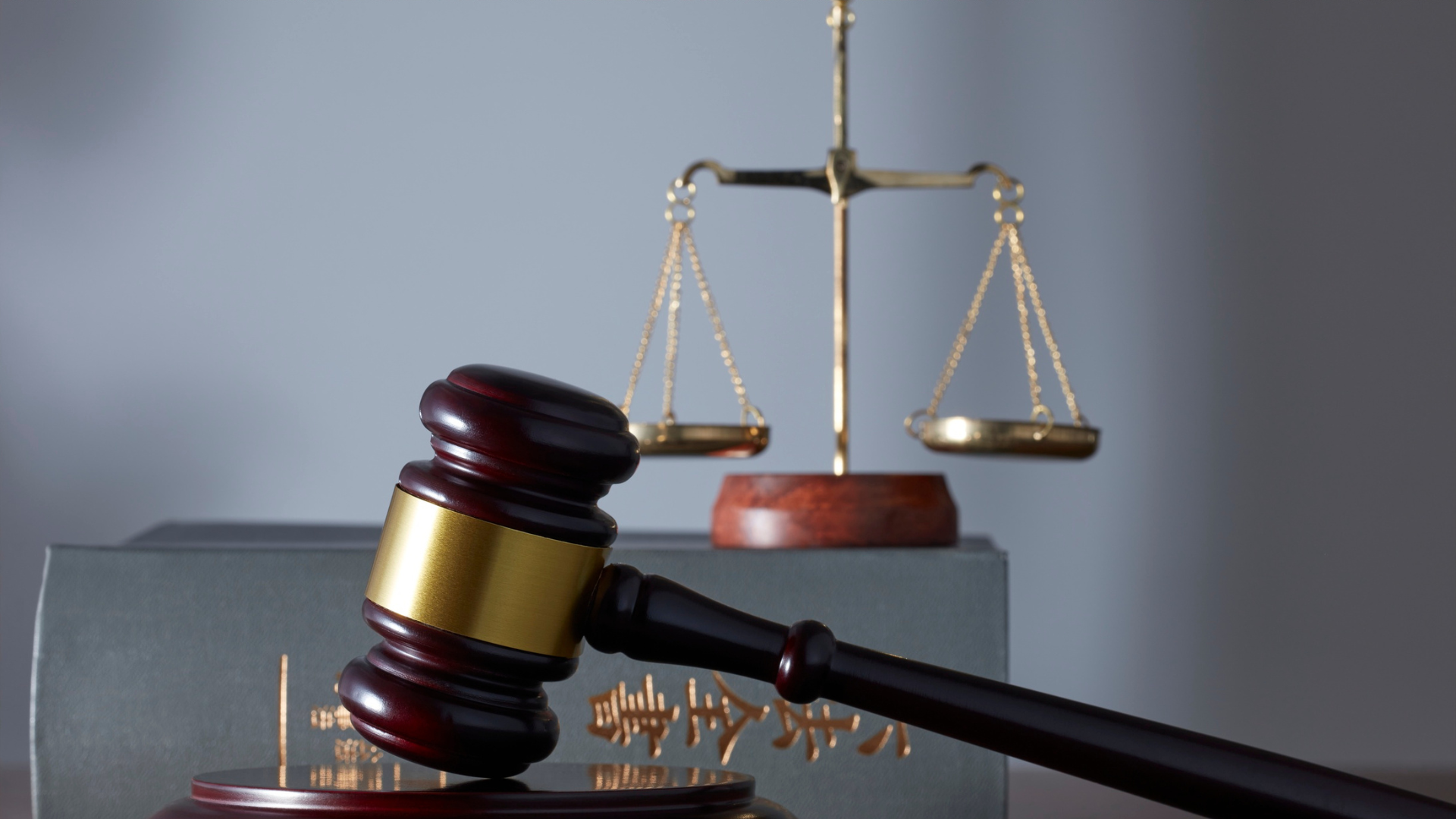The FBI has uncovered numerous cases involving serious technology crimes, making it essential for companies to remain vigilant against impostors. These fraudsters use images, videos, and voice recordings to secure positions in technology, programming, database, and software firms. By exploiting stolen data, they can convincingly impersonate anyone they choose.
Many of these fake job applicants may have gained access to sensitive consumer or corporate information, including financial and proprietary data, suggesting that their intentions extend beyond simple fraud. They may aim to steal valuable information while deceiving the company. The extent of successful fake job applications remains unclear compared to those that have been detected and reported.
A more alarming possibility is that some of these impostors may have accepted job offers, received salaries, and later been arrested. Instances have been reported where voice spoofing techniques were used during online interviews, with the candidate’s lip movements not matching the audio. In some cases, applicants coughed or sneezed, yet the video spoofing software failed to detect these discrepancies.
In May, the FBI issued a warning to businesses about North Korean government operatives seeking remote IT and other technical jobs. These impostors often use fake documents and credentials to secure remote work through platforms like Upwork and Fiverr. The federal agency's report detailed how some fraudsters used multiple shell companies to conceal their identities, making detection even more challenging.
While deepfake technology has advanced significantly, some of the more rudimentary attempts still result in mismatches between fake voices and the speaker’s mouth movements. Detecting these fake videos can be difficult, especially if one is not actively searching for them. Creating a lifelike human in a video is more complex than it might appear, and unnoticed fakes can slip through the cracks.
Researchers at Carnegie Mellon University have developed artificial intelligence capable of recognising edited videos with an accuracy ranging from 30% to 97%. Those familiar with identifying certain visual inconsistencies, such as incorrect shadows or unnatural skin textures, can detect phoney videos more effectively.






